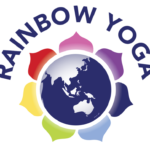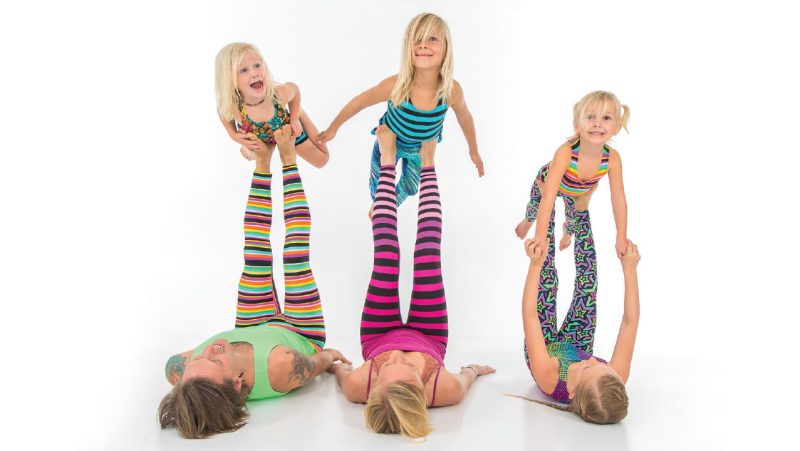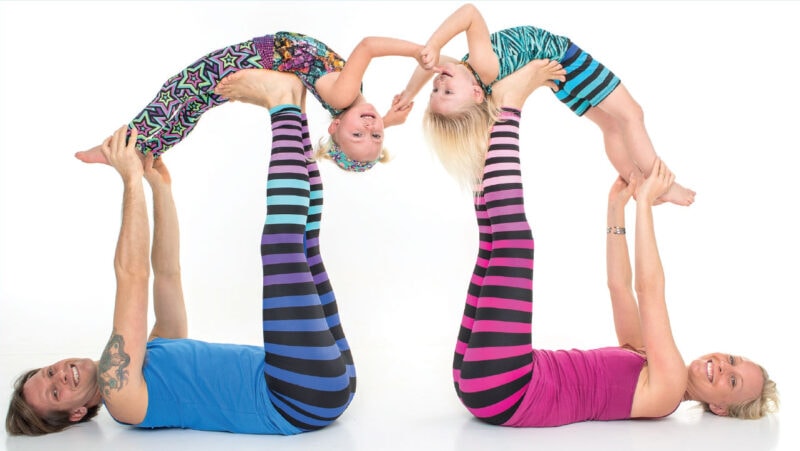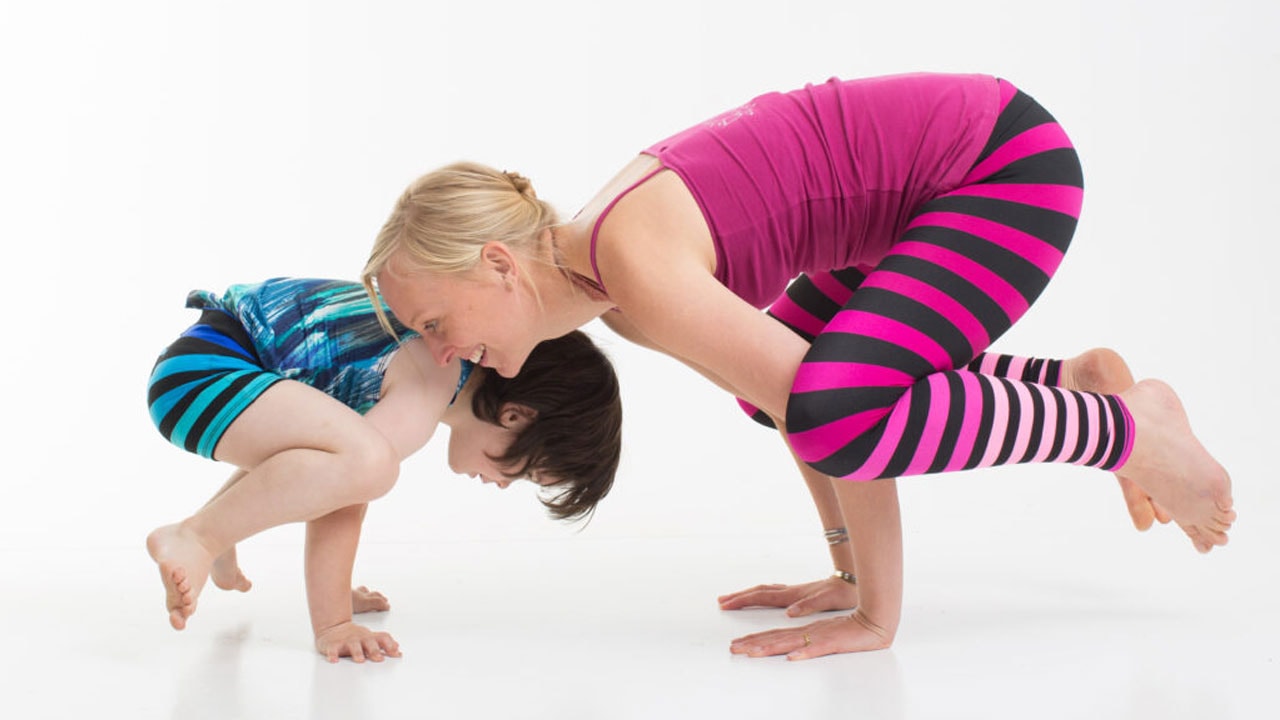
Yoga for kids with all kinds of needs
All kids are special! Gopala Amir Yaffir highlights some key points in teaching yoga for children with all kinds of needs
Special needs is the old phrase…it is called now additional needs. Additional needs is such an awesome term because we all have additional needs. I have some un-met needs in addition to those! For those of you teaching in this area, here are some things that I have learned that may be useful to you too.
All kids are special
Some kids need special attention, or additional attention. You can teach yoga to absolutely anyone if you follow this advice. When you come to teach kids with additional needs (or anyone), open your eyes, open your ears, open your heart, open your mind…and really look and feel.
Try and see who is in front of you…and start from where they are! Not from where you planned, or from where they are supposed to be, or where society thinks they should be, or where the books say they are.
If you start from where they are, they’ll be able to do absolutely anything…gradually. So start from where they are. Sometimes you’ll need to break things into simpler components…and you will definitely need to be flexible and creative!
Some needs are more physical
Blind kids will need more verbal instructions and more touch to guide their movements, but they can do absolutely anything, even partner poses and acrobatics! They usually have amazing spatial awareness. You will need to physically help them into the poses at first, but after a couple of times they will remember how to do it on their own.
Deaf kids will need to see you all the time to be able to read your lips (or even better if you can speak in sign language) and to imitate your movements. So you talk less and demonstrate more.
With kids in wheelchairs, you can do chair yoga or even take them off the wheelchair (watch your back though!) to move them into yoga poses while they are on the floor.
Kids that are bedridden can still do a lot of yoga on the bed. If they can’t move much, they can still practice breathing exercises. If that’s too challenging, you can still help them with guided imagery or maybe even massage. If even this is too much, you can just hold their hand. There is always a way to do yoga.
Other needs are more mental or social
Some needs can be more mental, or social…and they vary a lot. There are kids with various kinds and levels of developmental disabilities, brain damage (from birth, radiation or accidents), there is a big range of autism spectrum disorders, and there are a million different syndromes, down syndrome is just one of them.
You will be teaching these awesome kids in two different environments:
(a) You’ll have a child with additional needs in a regular class:
In this case, there must be an adult practicing with this child at all times.
In a regular kids class, so much is going on and it all happens so fast that you simply do not have the time and the energy to give this child all the attention they need.
In general, children with additional needs don’t imitate as well as other kids, they have low body awareness and low spatial awareness. They require much closer guidance.
If it’s in a school, there will almost always be someone with them (it is called a shadow, teacher’s aid or an assistant). If it’s an afternoon programme, the parents will usually be present.
(b) You’ll have a whole group of just children with additional needs (and keep these groups small, no more than six or a maximum of eight in the class, and no more than two or three kids per teacher):
In this case, a method that works well is to downgrade the age group of the kids by a couple of years to fit their cognitive and motor skill level; it will usually work great.
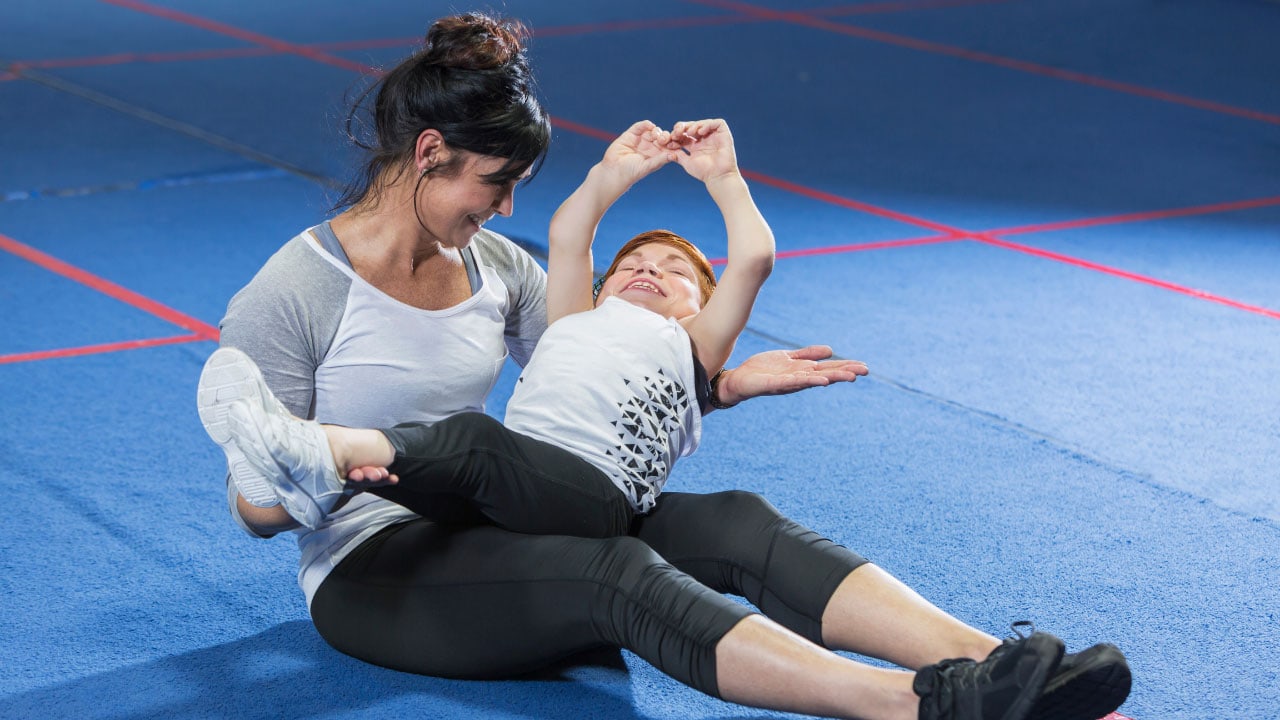
So if you are teaching three- or four-year olds, you can give them a class like you give two-year olds; or if you teach five- or six-year olds, give them a class like you give three- or four-year olds. In general, you will also need to make the class slower, but just as fun!
Some additional needs, such as autism, get sensory overload easily…so play the music a bit softer than in a regular class, or turn off the music and slow down the class if you see that they become overwhelmed.
5 things to emphasise in an additional needs class
1. Touch: Touch them a lot and all the time (rarely kids with autism do not like to be touched), and use firm touch only.
2. Hands-on assistance: Most kids with additional needs don’t have very good orientation in space and are experiencing delays in motor skills. You will need to physically bring their limbs into the pose, but be very gentle as joint dislocation is a common result of their low muscle tone (low muscle tone is very common with most syndromes). Move them slowly into the pose so that their muscles will have time to respond and hold onto their skeleton. Other kids with additional needs have too much muscle tone (their nerves are firing all of the time) which makes their bodies really stiff and contracted; of course, yoga and massage will help them lots!
3. Sound: Vocalise animal sounds, make sound effects and chant Om or Hummmm as much as you can. In general, talk less and sing, demonstrate and do more.
4. Breath: Help them breathe more deeply and learn how to be aware and how to control the breath; use lots of breathing exercises.
5. Success builds success: Always focus on the children’s strengths. Many times, a weakness in one area creates strength in another. If you start where it is easy for that child, they will gain confidence and be slowly ready to approach more challenging areas. Don’t start by working on the ‘issue’ first.
The above elements will help them achieve some of the things they might lack:
Awareness and better control of their body
Connection to other people and to the world – you will find that they naturally withdraw into their own bubble
Confidence and higher self-esteem
Relaxation
Other important pointers
Whatever you do, remember that children with additional needs are just like any other kid – they just want to be happy and have fun! So please don’t come to a class all-merciful…come to play and laugh and to make them feel really special.
Research is very important. When you know that you are going to have a child with a specific syndrome or need, it is important to do the research and get some insights for adjustments you might need to make to the poses, the rhythm of the class, your communication, the other students in the class etc.
Of course, when you actually meet that child, put aside those points and start from where they are… armed with the knowledge you might need.

